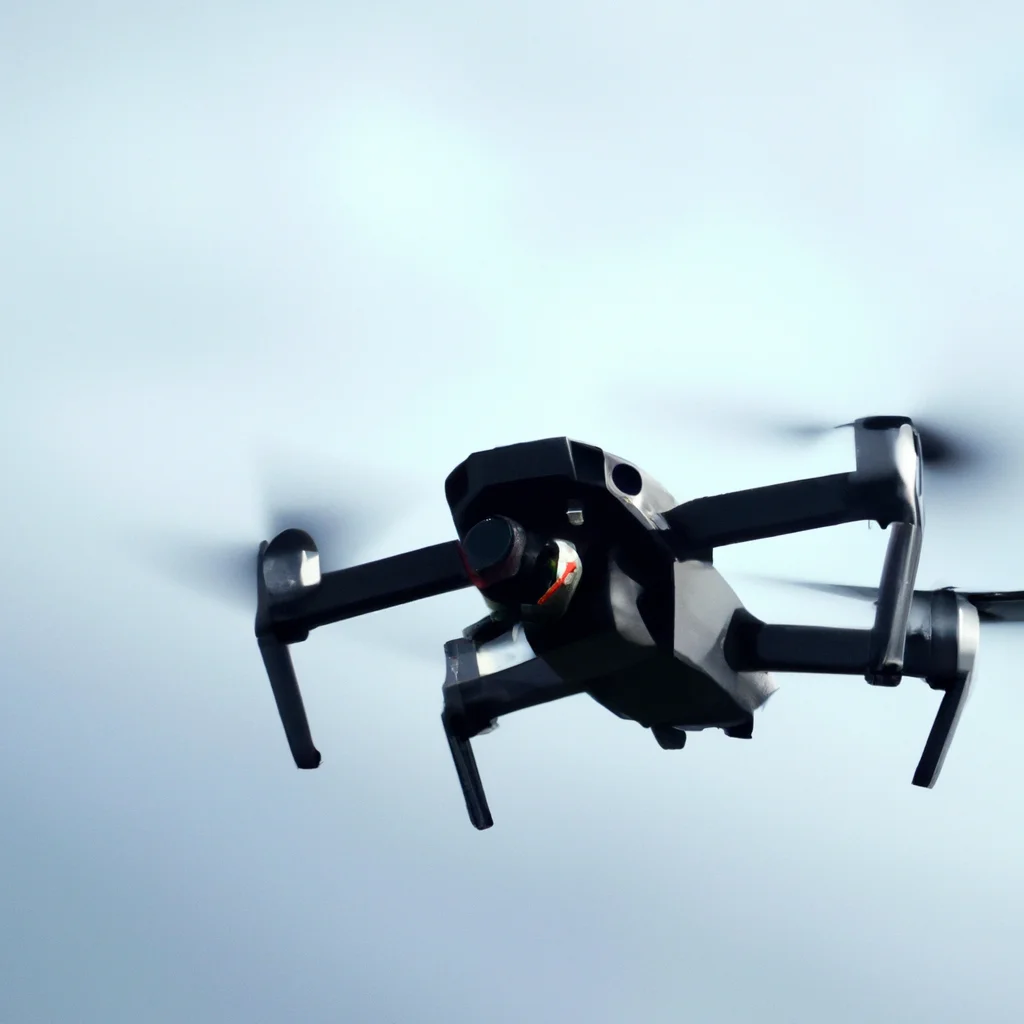How does a drone fly and hover?


How does a drone fly and hover?
How Does a Drone Fly and Hover?
Drones, also known as unmanned aerial vehicles (UAVs), have become increasingly popular over the years for a variety of purposes. They can be used for surveillance, photography, and even delivery services. However, one question that many people have is how these devices are able to fly and hover in the air. In this article, we will explore the aerodynamics and flight mechanics that allow a drone to fly and hover.
A drone, or quadcopter, is comprised of four rotors that are attached to arms on the body of the device. These rotors are responsible for providing lift and control, allowing the drone to move in different directions. The rotors are powered by small electric motors, which are controlled by a remote control or a computer.
Aerodynamics of a Drone
The aerodynamics of a drone are essential to its ability to fly and hover. The rotors of a drone are designed to produce lift, which is the upward force that counteracts the force of gravity. The amount of lift produced by each rotor is proportional to the speed of the rotor and the angle at which it is tilted. When all four rotors are spinning at the same speed and tilt angle, the drone will hover in place.
Flight Mechanics of a Drone
The flight mechanics of a drone are also important to its ability to fly and hover. The rotors of a drone can be controlled individually to change the direction and speed of the device. For example, if the front rotors spin faster than the back rotors, the drone will tilt forward and move in that direction. If the left rotors spin faster than the right rotors, the drone will move to the left.
Remote Control of a Drone
The remote control of a drone is another crucial aspect of its ability to fly and hover. The remote control allows the operator to send signals to the drone, which are received by a computer on the device. The computer then processes these signals and sends commands to the electric motors that control the rotors.
When the operator wants the drone to fly, they increase the speed of the rotors to produce lift. To hover in place, the operator must maintain the same speed and tilt angle for all four rotors. When the operator wants the drone to move in a specific direction, they adjust the speed and tilt angle of the rotors to produce the desired movement.
In conclusion, the ability of a drone to fly and hover is due to a combination of aerodynamics, flight mechanics, and remote control. The rotors of a drone are designed to produce lift, which allows the device to move in the air. The flight mechanics of a drone allow the operator to control the direction and speed of the device. Finally, the remote control allows the operator to send signals to the drone, which are processed by a computer on the device. With all of these elements working together, a drone can fly and hover in the air with ease.
Recent Posts
How do I create an engaging and informative online quiz or assessment?
Creating an engaging and informative online quiz or assessment can be a powerful tool for… Read More
What are the most effective methods for managing and reducing work-related stress in the hospitality industry?
Work-related stress is a common issue in the hospitality industry, where employees often face long… Read More
How can I improve my assertiveness and communication skills in a leadership position?
In a leadership position, assertiveness and effective communication skills are crucial for success. Being able… Read More
What are the key elements of a successful employee recognition and rewards program?
Employee recognition and rewards programs play a crucial role in motivating and engaging employees, as… Read More
How do I effectively manage and respond to customer feedback and reviews?
Customer feedback and online reviews play a crucial role in shaping a company's reputation and… Read More
What are the best strategies for effective time management as a stay-at-home parent?
Effective time management is crucial for stay-at-home parents who juggle multiple responsibilities on a daily… Read More